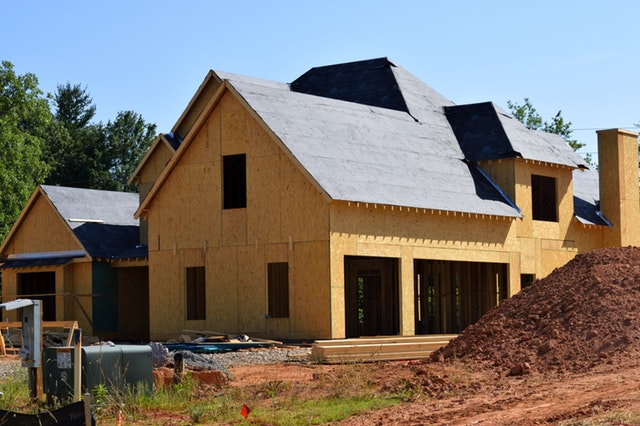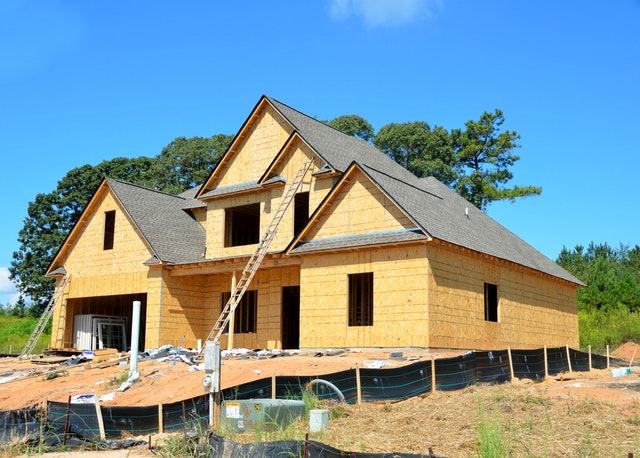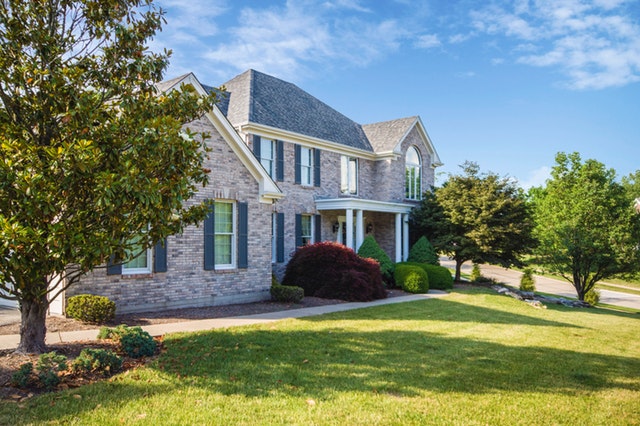NAHB: Housing Market Index Rises 1 Point in July
 Home Builder sentiment rose one point in July according to the National Association of Home Builders Housing Market Index. 2019 builder confidence in housing market condition continued to fall short of 2018 levels. July’s Housing Market Index reading of 65 was one point higher than June’s reading.
Home Builder sentiment rose one point in July according to the National Association of Home Builders Housing Market Index. 2019 builder confidence in housing market condition continued to fall short of 2018 levels. July’s Housing Market Index reading of 65 was one point higher than June’s reading.
Component readings also rose one point each. Builder confidence in current housing market conditions rose to 72; the reading for builder confidence in market conditions for the next six months rose to 71. Builder confidence in buyer traffic in new housing developments rose to an index reading of 48; buyer traffic readings seldom exceed the neutral reading of reading of 50.
2019 Builder Confidence Is Lagging Behind 2018 Readings
Year to date, builder confidence index readings averaged 63 as compared to a reading of 67 in 2018 and 68 in 2017. Ongoing headwinds affecting builders were familiar concerns over materials prices and shortages of buildable lots and labor. Analysts said that builders remain leery of building to many homes after having large inventories of unsold homes after the Great Recession.
Builders also noted that increasing regulation and local building codes are impacting some areas. Builders are under pressure to produce affordable homes, but are log-jammed by “not in my backyard” zoning restrictions when they apply to build mixed developments of single and multi-family homes.
There may be good news on the horizon. Oregon passed state legislation banning exclusively single-family zoning. Depending on population, local jurisdictions will be allowed to build duplexes and larger multi-family units. If other states and communities follow Oregon’s lead, builders may find new options for building multiple units on lots formerly zoned for single family homes. Building affordable homes would help to ease housing shortages and ease demand for homes.
If you are in the market for a new home or interested in listing your current property, be sure to contact your trusted home mortgage and real estate professionals.

 Homebuilder confidence dropped two points in June according to the National Association of Home Builders Housing Market Index. June’s index reading was 64, which indicates strong sentiment among home builders for current housing market conditions.
Homebuilder confidence dropped two points in June according to the National Association of Home Builders Housing Market Index. June’s index reading was 64, which indicates strong sentiment among home builders for current housing market conditions. The National Association of Home Builders reported the highest builder confidence reading in seven months for May. May’s reading exceeded expectations for an index reading of 64 and rose three points to 67.
The National Association of Home Builders reported the highest builder confidence reading in seven months for May. May’s reading exceeded expectations for an index reading of 64 and rose three points to 67. Home builder confidence increased in April to an index reading of 63, which was one point higher than for March and the highest reading in six months. Analysts said that April’s reading revealed more about housing market conditions in the past six months than it was an indicator of future market conditions.
Home builder confidence increased in April to an index reading of 63, which was one point higher than for March and the highest reading in six months. Analysts said that April’s reading revealed more about housing market conditions in the past six months than it was an indicator of future market conditions. Builder sentiment held steady in March as headwinds in housing markets affected homebuilder confidence, but National Association of Home Builders Chairman Greg Ugalde said that builders were looking forward to a “solid spring home-buying season.” Builder sentiment mirrored February’s index reading of 62; analysts expected an uptick to 63.
Builder sentiment held steady in March as headwinds in housing markets affected homebuilder confidence, but National Association of Home Builders Chairman Greg Ugalde said that builders were looking forward to a “solid spring home-buying season.” Builder sentiment mirrored February’s index reading of 62; analysts expected an uptick to 63.